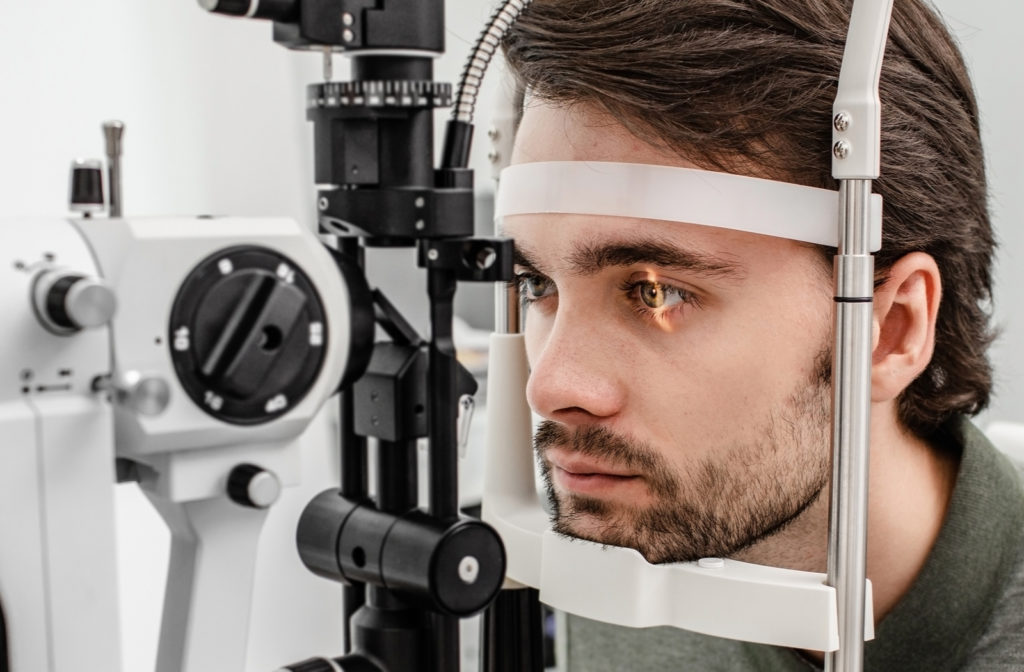
Eye exams are comprehensive evaluations of the health and function of the eyes. These exams are crucial for detecting vision problems, eye diseases, and other health conditions. Conducted by optometrists or ophthalmologists, eye exams include various tests to assess visual acuity, eye coordination, and overall eye health.
An eye exam is a series of tests performed by an eye care professional to evaluate vision and detect any eye health issues. Regular eye exams are important for maintaining good vision, diagnosing eye diseases early, and identifying other health problems that may affect the eyes. The exam typically includes assessments of visual acuity, refractive error, eye muscle function, and the health of the eye’s internal and external structures.
During an eye exam, the following steps typically occur:
© 2021-2025 Jackson Urgent Care. All Rights Reserved. Made With Love by Ignite Marketing Agency.